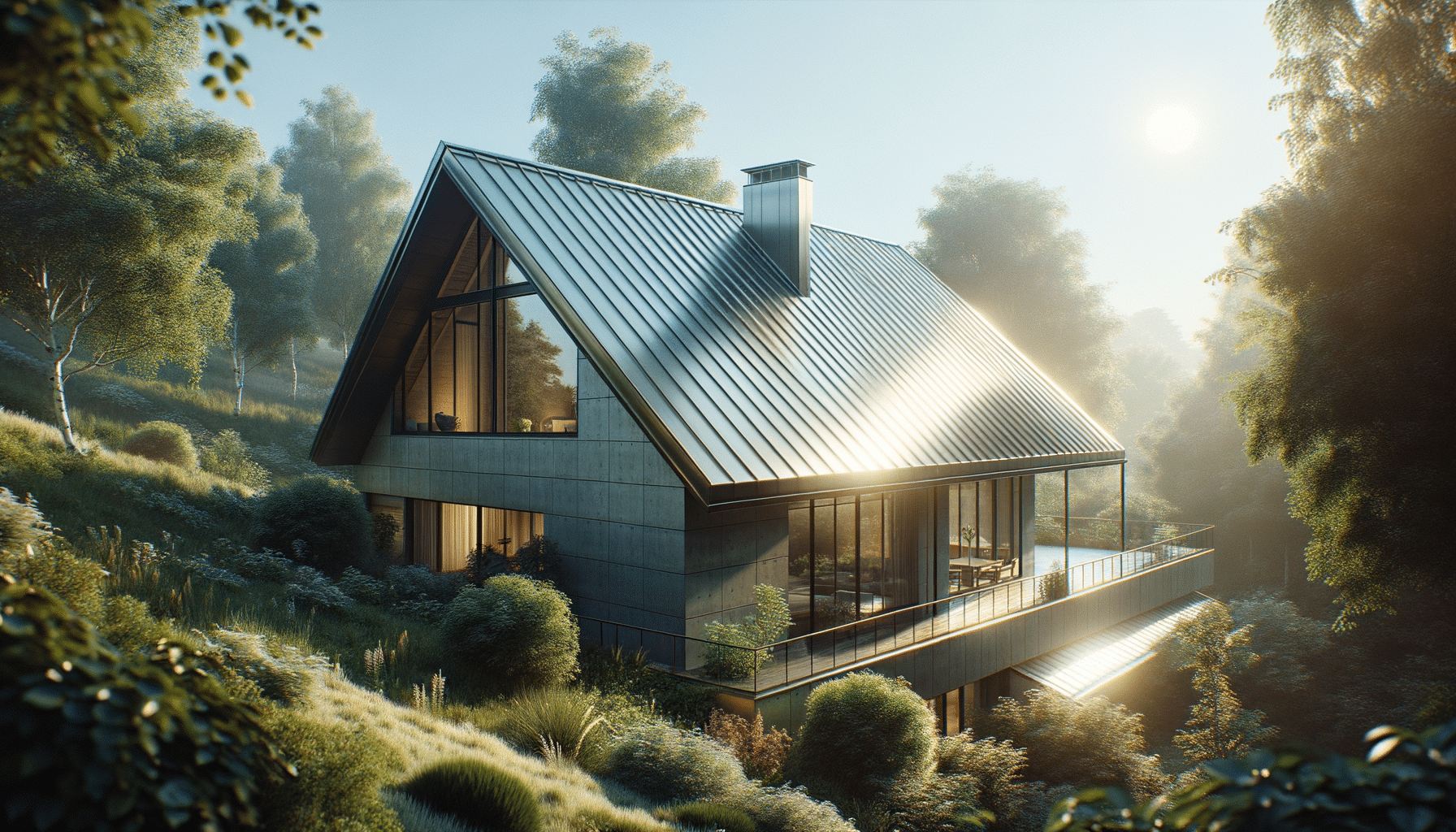
Exploring the Benefits and Considerations of Steel Roofing
Introduction to Steel Roofing
Steel roofing has become a prominent choice in the construction industry, known for its strength, durability, and modern aesthetic appeal. As homeowners and builders seek materials that offer longevity and energy efficiency, steel roofing stands out as a viable option. This article delves into the various aspects of steel roofing, offering insights into its benefits, installation process, and considerations to keep in mind when opting for this roofing material.
Advantages of Steel Roofing
Steel roofing provides numerous advantages that make it an attractive option for both residential and commercial buildings. One of the key benefits is its exceptional durability. Steel roofs are designed to withstand extreme weather conditions, including heavy snow, hail, and high winds. This resilience ensures that a steel roof can last for decades, often outlasting traditional roofing materials such as asphalt shingles.
Another significant advantage is the energy efficiency associated with steel roofing. These roofs reflect solar radiant heat, which can reduce cooling costs by up to 25% during the summer months. This reflective property not only helps in maintaining a comfortable indoor temperature but also contributes to energy savings, making it an environmentally friendly choice.
Steel roofing is also known for its low maintenance requirements. Unlike other materials that may require frequent repairs or replacements, steel roofs are resistant to corrosion, mildew, and insect infestations. This ease of maintenance translates into long-term cost savings for homeowners and businesses.
Considerations When Choosing Steel Roofing
While steel roofing offers numerous benefits, there are important considerations to keep in mind when choosing this material. One of the primary considerations is the initial cost. Steel roofing can be more expensive upfront compared to other roofing materials. However, the longevity and minimal maintenance costs often offset this initial investment over time.
It is also essential to consider the noise factor. Steel roofs can be noisier during heavy rain or hailstorms compared to other materials. To mitigate this, proper insulation and installation techniques can be employed to reduce noise levels and enhance comfort within the building.
Additionally, the aesthetic appeal of steel roofing may not suit every architectural style. While modern and industrial designs complement steel roofs well, traditional homes may require careful selection of color and style to ensure a harmonious look.
Installation and Maintenance of Steel Roofing
Installing a steel roof requires precision and expertise. It is crucial to hire experienced professionals who are familiar with the specific requirements of steel roofing installation. Proper installation ensures that the roof performs optimally and provides the intended benefits.
The installation process typically involves laying down underlayment, followed by the steel panels. Seams and fasteners must be carefully sealed to prevent leaks and ensure structural integrity. Regular inspections and maintenance are recommended to address any potential issues before they escalate.
Maintenance for steel roofing is generally minimal. Regular cleaning to remove debris and periodic inspections to check for any signs of damage are usually sufficient to keep the roof in excellent condition. In the event of damage, steel roofing can often be repaired without needing full replacement, further adding to its cost-effectiveness.
Conclusion: Is Steel Roofing Right for You?
Steel roofing offers a blend of durability, energy efficiency, and low maintenance that appeals to many homeowners and businesses. Its ability to withstand harsh weather conditions and its long lifespan make it a worthwhile investment. However, potential buyers should weigh the initial costs and aesthetic considerations against the long-term benefits.
For those seeking a roofing solution that combines strength with sustainability, steel roofing emerges as a strong contender. By understanding the advantages and considerations, individuals can make informed decisions that align with their specific needs and preferences.


